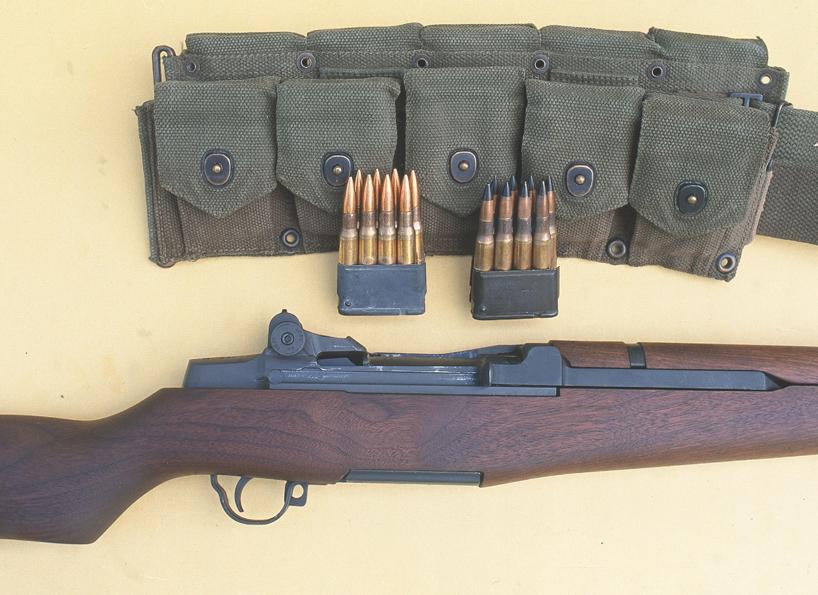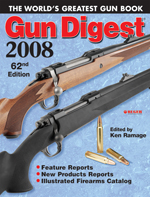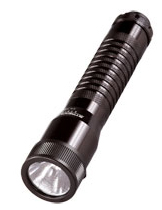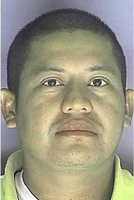Police Chief Edward Flynn and District Attorney John Chisholm said allowing concealed-carry weapon permits must be coupled with other changes such as requiring background checks on all gun purchases in Wisconsin. Currently, only federally licensed gun stores have to do such checks in the state.
Allowing concealed-carry permits has long been a top priority for gun-rights advocates. Conversely, gun-control advocates have pushed hard for the background checks to close the so-called gun show loophole.
“If we are going to have substantial, meaningful reform at some point these twin pillars of desire have to be addressed,” Chisholm said. “This is the time to raise this. Let's get it out in the open and cut a deal.”
Appearing before a Common Council Public Safety Committee hearing, Chisholm and Flynn said that, if concealed carry were allowed, there should be a tough permit process and anyone caught carrying a concealed gun without a permit would face a felony.
Under current law, carrying a concealed weapon is a misdemeanor in Wisconsin. Unlike other crimes, it never becomes a felony, no matter how many times a criminal is charged with it.
Wisconsin is one of only two states that do not allow residents to obtain concealed-carry gun permits. The Legislature has passed bills allowing such permits, but Gov. Jim Doyle has vetoed them.
Barrett continues to be an opponent of concealed carry, said his chief of staff, Patrick Curley. The mayor met with Flynn and Chisholm on the issue, but he hasn't been convinced to change his position, Curley said.
“The mayor told them, ‘Today, I am against it but I am telling you keep talking to me about it,' ” he said.
Barrett is pushing a more modest package of gun reforms – to make the second offense of carrying a concealed weapon a felony, require felons to stay 1,000 feet from gun stores, make it a crime not to report a stolen gun and make it a felony for someone to “straw buy” a gun, which means to purchase a gun for a felon.
Barrett still supports requiring background checks on all gun sales in Wisconsin, but the mayor has crafted a package with an eye toward getting something done, Curley said.
“What we don't want to do is to lose the chance to do anything,” Curley said.
Flynn suggested other reforms including doubling the sales tax on certain guns and using the revenue to prevent gun violence. The chief also called for mandatory minimum sentences for certain gun offenses.
“It should not be a crap shoot as to whether or not they face jail time for carrying deadly weapons on the streets of Milwaukee,” the chief said.
Chisholm differed with Flynn on mandatory minimums, saying there is enough exposure for criminals, especially with the option of taking gun cases into federal court.
Adam Allan, owner Badger Guns, which has been under fire by Flynn and Chisholm for its high number of crime-gun sales, also appeared at the hearing. He said he supported the proposed law changes and vowed to look for ways to avoid selling guns that end up being used by criminals. Read more
Source: Milwaukee Journal Sentinel




 Streamlight, Inc., a leading provider of high-performance flashlights for industrial, fire and rescue, law enforcement professionals and sporting enthusiasts, today issued another warning about purchasing and using inferior quality lithium 123A batteries with its flashlight products or other products. Use of off-brand lithium batteries may present a risk of leakage, fire, explosion or serious personal injury, company officials said.
Streamlight, Inc., a leading provider of high-performance flashlights for industrial, fire and rescue, law enforcement professionals and sporting enthusiasts, today issued another warning about purchasing and using inferior quality lithium 123A batteries with its flashlight products or other products. Use of off-brand lithium batteries may present a risk of leakage, fire, explosion or serious personal injury, company officials said. The Hall County Superior Court jury deliberated for less than an hour before acquitting Moz of the felony charge, which carried a sentencing range of one to 20 years.
The Hall County Superior Court jury deliberated for less than an hour before acquitting Moz of the felony charge, which carried a sentencing range of one to 20 years.


![Best Concealed Carry Guns In 2025 [Field Tested] Wilson Combat EDC X9S 1](https://gundigest.com/wp-content/uploads/Wilson-Combat-EDC-X9S-1-324x160.jpg)


![Best 9mm Carbine: Affordable PCCs [Tested] Ruger Carbine Shooting](https://gundigest.com/wp-content/uploads/Ruger-Carbine-Shooting-100x70.jpg)
![Best AR-15: Top Options Available Today [Field Tested] Harrington and Richardson PSA XM177E2 feature](https://gundigest.com/wp-content/uploads/Harrington-and-Richardson-PSA-XM177E2-feature-100x70.jpg)
